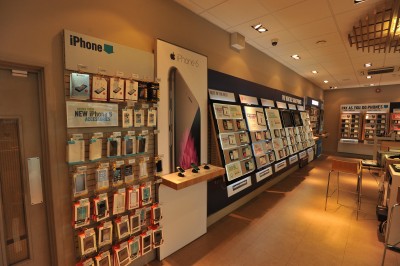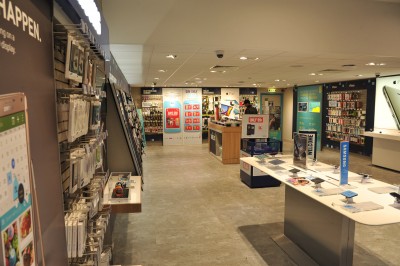LED Lighting is available now. What’s the value of moving over to LED bulbs in your home or office? The LED revolution has hit a base now where it’s not just the first phase of “New Adopters” installing LED lighting but is now available at prices and in fittings that will accommodate most anybodies needs. But what’s the value of the change?
Well first of all replacing 35 watt GU10 halogen spot bulbs with 5 watt LEDs gives about the same amount of light but only uses a seventh of the power. Unfortunately this won’t result in an electricity bill drop to a seventh of it’s original as most peoples electricity bills have only a small proportion of the overall costs made up of lighting . The power usage of washing machines and heaters etc make up a much greater bulk. But every little bit helps right?
But since the prices of bulbs have continued to drop and it’s possible to buy LED bulbs near to the price of the older Tungsten or halogen bulbs it’s worth making the change. But there are other benefits.
LED bulbs are available in a range of colour balances. The average tungsten bulb found in a lamp at home is always a warm tone. Measured in kelvins, the measurement of the colour of light of noon day sun light is 5600K a warm bulb tone is normally about 4800K. This is why when you take a picture in a room and the flash doesn’t fire it all looks a bit orange.

If you start looking at LED bulbs there are two options you can either buy a fixed colour balanced bulb, clean white, like daylight or warm white like tungsten bulbs. Or alternatively it’s possible to buy bulbs that will change colour temperature and do both.
Looking at the advantages of moving away from warm white to more daylight balanced lighting we gain the advantage of higher CRI or Colour Rendition rates than old style tungsten bulbs. That is to say that more objects will appear their natural colours under a daylight balanced bulb than a tungsten on – it’s s complicated subject but if you are interested look here https://en.wikipedia.org/wiki/High_CRI_LED_lighting for further understanding.
So is it worth changing your lighting over to daylight balanced lights rather than the warmer tone lights? The answer is obviously personal choice but for kitchen areas it will help make a modern kitchen feel cleaner and brighter. For an office it will help you compare product colours with image colours on computer screens easier. But for a cosy feel sitting room or bedroom one might prefer those warm tones to make you feel more snug in the cold dark nights of winter.
Some people suffer from SAD syndrome, Seasonal Affective Disorder, a lack of daylight in winter months. Which is often treated with bright white light. The medically designed light boxes can be very expensive and put out a high power of light normally recommended is about 10,000 lux. Lux being the measurement of the brightness of light. Bright sun light is about 50,000 Lux. The average room lighting can be as low as 100-150 lux, but our eyes have the ability to open the retina wider to let more light in so we don’t notice how dark some rooms are.
As far as I know no one has yet done research whether replacing your old lighting systems with new brighter LED systems will help SAD sufferers but it logically follows that if you can increase your light brightness in your working area without increasing the cost or power usage and make it more like the natural colour of daylight it certainly can’t hurt.
We live in a wonderful time of technical innovations that are improving our life options and quality of life. It’s interesting how much problems it still causes.
Copyright Brian Russell March 2016
